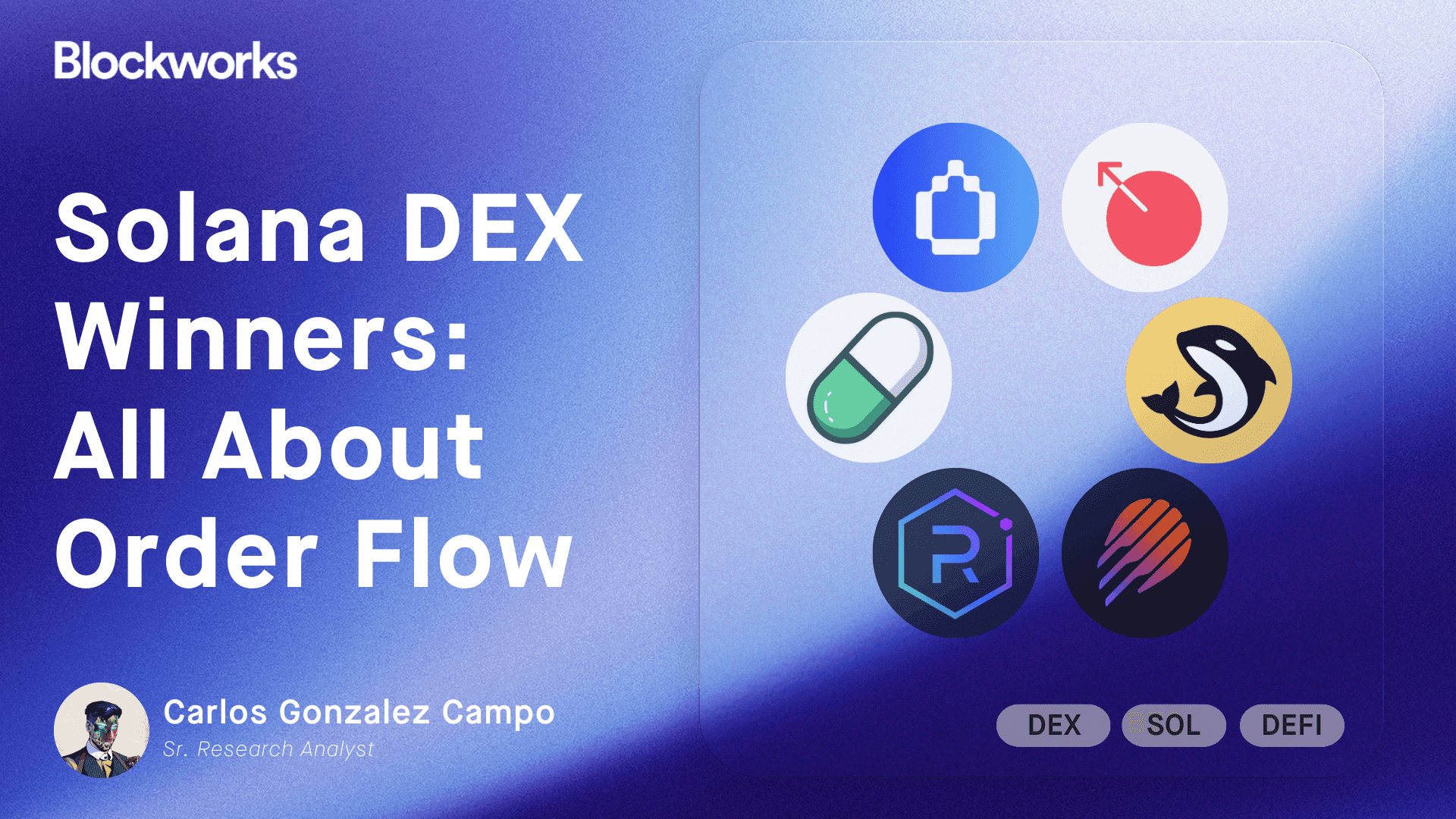Can Symbiotic revive the restaking narrative?
After two years of development, Symbiotic is out with the first feature-complete shared security protocol with slashing

Symbiotic co-founder Misha Putiatin | Permissionless III by Mike Lawrence for Blockworks
This is a segment from the 0xResearch newsletter. To read full editions, subscribe.
After two years of development, five independent audits and a rigorous code competition, Symbiotic officially launched on Ethereum mainnet yesterday. As the first feature-complete shared security protocol with slashing, Symbiotic provides an immutable, decentralized framework that eliminates single points of failure and external risks for networks looking to secure their ecosystems.
“The logic behind Symbiotic was quite simple,” one of its co-founders, Misha Putiatin, explained on The Edge podcast. “How do we do this protocol in a way that has the least amount of drawbacks?” The result is a security layer that is immutable and permissionless.
“The core is immutable, we can’t gatekeep, we can’t change politics, add fees, do break-offs. Do any stuff that can be hurtful, and people should calculate before they choose Symbiotic,” Putiatin said.
While blockchain infrastructure has become more modular and accessible, security implementation around new networks has been a cutting-edge design space. Traditionally, these networks faced a difficult trade-off: either invest heavily in building bespoke security solutions or compromise sovereignty by adopting pre-packaged security frameworks.
Symbiotic resolves this dilemma by offering a neutral coordination framework that allows networks to define every aspect of their security model — from collateral selection and operator management to slashing mechanics — while maintaining full control. Its non-upgradeable core contracts ensure an immutable security foundation, like Uniswap or Liquity, preventing governance takeovers and external interventions.
With its mainnet launch, Symbiotic has already integrated 13 networks spanning a wide variety of blockchain use cases. To give just a few examples: Capx is an Ethereum layer-2 for AI agent deployment, secured through Symbiotic. HyveDA is a high-throughput decentralized data availability protocol leveraging Symbiotic’s restaking infrastructure. Hyperlane is a cross-chain messaging framework for seamless interoperability. And iBTC (formerly DLC.Link) uses Symbiotic restaking to secure its Attestor Network, enabling trust-minimized bitcoin-backed DeFi participation.
Symbiotic cites nearly 50 networks, 78 operators and 55 vaults already integrating the protocol.
The architecture is centered around Vaults — smart contracts that facilitate stake delegation, ensuring economic security through configurable accounting and slashing mechanisms. Stakers deposit assets, operators receive delegations and networks access the security they need, enabling efficient capital utilization across multiple ecosystems while preserving decentralization.
Post-mainnet launch, Symbiotic’s focus is shifting to enhance user experience and tooling for network integrations. By standardizing shared security primitives, Symbiotic is positioning itself as the foundational layer that enables networks to achieve self-sovereignty while benefiting from a robust, shared security model.
“In the future, I see absolutely anybody being able to tap into this kind of shared network to build app chains or verify anything onchain that they need, on demand,” Putiatin said.
Get the news in your inbox. Explore Blockworks newsletters:
- The Breakdown: Decoding crypto and the markets. Daily.
- 0xResearch: Alpha in your inbox. Think like an analyst.






